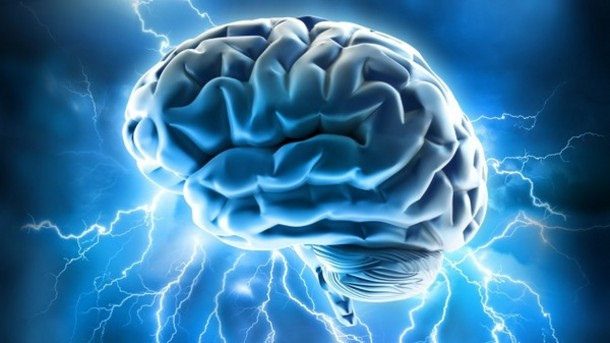When I was a student midwife I spent a few days observing other aspects of hospital life outside the maternity department. One of my most remarkable experiences was holding in my hands the brain of a deceased patient. It has forever influenced my sense of identity and humanity. In meditation and in life, I am awed by the amazing potential and mystery of the human brain.
Post mortem
I was privileged to be able to watch a post mortem. Sadly, an elderly man had been found dead at the bottom of his stairs at home. I watched with fascination as the pathologist removed and carefully examined each of the man’s organs. Being a good teacher, the doctor encouraged me to touch and feel every body part with my (double gloved!) hands. I had never met this poor man alive, but the examination felt deeply intimate – both visceral and spiritual.
The highlight, for me, was when the pathologist handed me the brain. It sat there in my two hands. This object, cold and jelly-like, small enough to hold, had only a few days previously been alive with the unbelievably complex electrical activity of this man’s thoughts, imagination and identity. I found myself humbled by both the wonder and the smallness of what I was holding. How could something so tangible and so light have contained so much thought, emotion and personality? I became fascinated by the power and mystery of the brain.
Brain waves and meditation
We are just beginning to learn about the amazing processes of the brain. I am particularly interested in the ways meditation practice influences brain activity. For thousands of years, people have found meditation to be a healing practice with many benefits for health, stress management, mood, relationships, focus, creativity, emotional wellbeing, immunity and more. Only recently has research began to demonstrate some of the mechanisms which may lie behind these gains.
We experience different frequency brain waves during different types of activity. Gamma brain waves (30 – 100 Hz) occur when we are in hyperactive states. This is the best state of mind for learning and assimilating new information, but too much time spent here can lead to over-stimulation and anxiety.
Beta waves (13 – 30 Hz) is where we spend much of our waking day. This is the state of thinking, analysis, planning and reasoning. Very useful and necessary, but we are not designed to function permanently at this level.
In the Alpha state (9-13 Hz) we feel more peaceful, calm and grounded. This is a state of wakeful rest, experienced at the end of a yoga class or after a quiet walk in the woods. It is also induced by meditation. EEG studies show that Alpha brain waves are more abundant during meditation than in simple relaxation. Alpha waves increase when the brain relaxes from goal-oriented tasks. The brain in this state is not empty, but is allowed spontaneously to wander through images and memories emerging from within. Science suggests that this is an important and necessary type of brain activity, connecting experiences and emotions, putting them into perspective and allowing them to rest*.
Theta brain waves (4-8Hz) are associated with visualisation and intuition. They indicate deep relaxation, and are experienced during meditation and Yoga Nidra. During Theta activity, deep mental calm and physical relaxation contribute to a sensation of profound wellbeing. Meditation is a wonderful way to learn to access this state at will.
The Delta state (1-3Hz) is achieved during a state of awakeness by some monks who have been meditating for many decades. For most of us, however, this is the state of deep, dreamless sleep.
Meditation changes your brain

Modern science and the ancient yogis agree: meditation changes your brain. The slower Theta waves occur more often in regular and frequent meditators. This suggests that these people have learned relaxed attention. This enables them to rest their brains and recharge their emotions, which can be life-changing.
When I meditate, my mind often travels to that image of the deceased man’s brain in my hands. I visualise my own brain, resting calmly within my skull. It is a picture of peace and wonder. I find it profoundly beautiful.
Learn to meditate
Karen Lawrence is a Yoga and Meditation instructor in Essex, UK. She teaches at The Calm Space Yoga in Stock and Brentwood, Essex.
You can learn more about Karen’s classes and join a meditation or yoga course at
http://thecalmspace.co.uk/meditation-and-mindfulness/
*Lagopoulos et al, Increased Theta and Alpha EEG Activity During Nondirective Meditation. The Journal of Alternative and Complementary Medicine, 2009; 15 (11)




